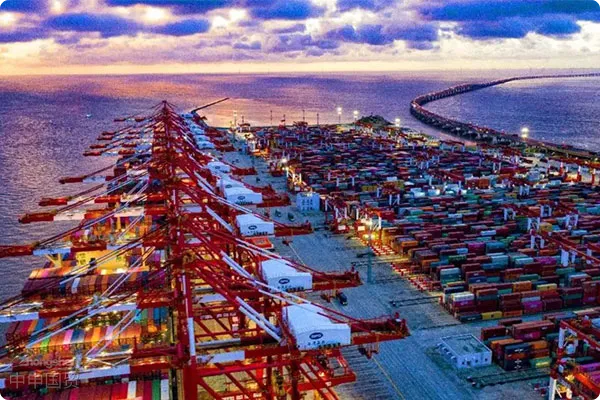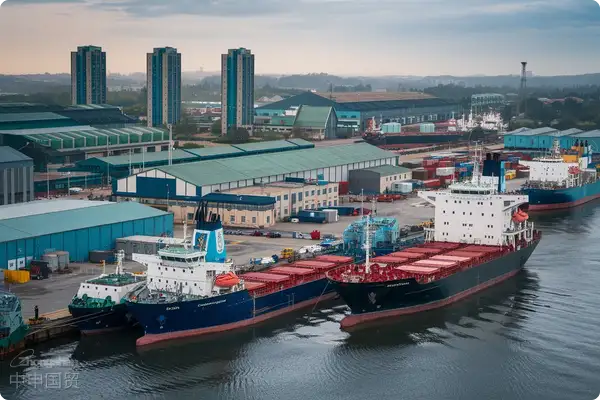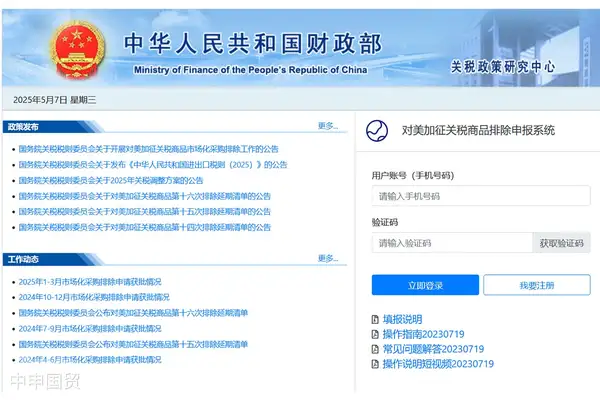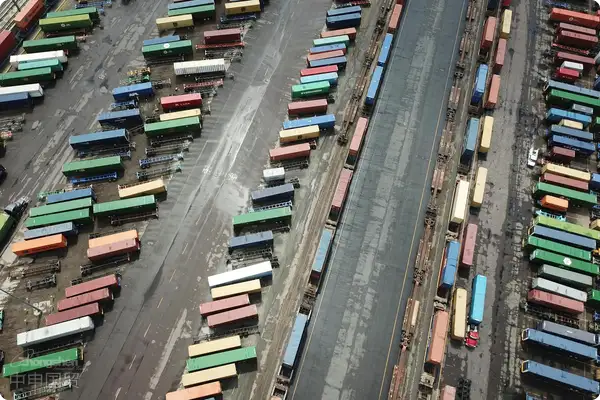- Shanghai Zhongshen International Trade Co., Ltd. - Two decades of trade agency expertise.
- Service Hotline: 139 1787 2118

2025 Chinese agricultureequipment. For example, Indonesia has the SNI certification, Thailand has the TISI certification, and the Philippines has the BPS certification. It is necessary to confirm in advance the equipment voltage (such as 380V/50Hz in Thailand), the compatibility of the CE certification, and the proof of environmentally friendly materials.New market trends
According to the latest data from the Ministry of Agriculture and Rural Affairs, Chinas agricultural mechanization rate will break through the 75% mark in 2025, among which the import demand for high - end intelligent agricultural machinery continues to rise. The annual import volume of products such as German CLAAS combine harvesters, Japanese Kubota rice transplanters, and American John Deere tractors maintains a compound growth rate of 12%. However, problems such as breaking through technical barriers, controlling tariff costs, and building an after - sales system are becoming the core pain points of import enterprises.
Standard operation process for importing agricultural equipment
Professional agency services can shorten the import cycle by 40%, and the key steps include:
- Pre - review of market access
- Verify whether the target equipment is included in the Catalogue of Imported Agricultural Machinery Promotion and Appraisal
- Confirm the CCC certification requirements and exemption clauses (the classification of plant protection drones was added in 2025)
- Tariff Cost Calculation
- Determination of the applicable conditions for the general tariff rate (20%) vs the most - favored - nation tariff rate (8%)
- Application of the free trade agreement tariff rate (e.g., under the RCEP framework, the tariff on Japanese agricultural machinery was reduced to 5.8%)
- Optimization of Logistics Solutions
- Transportation of special equipment: Comparison of the transportation costs of the whole harvester vs the disassembled harvester
- Moisture - proof packaging standard:Maritime TransportationProtection requirements under an 85% humidity environment
Three major risk prevention and control strategies in the import process
Case warnings:A farm in Heilongjiang imported a German silage harvester in 2024. Due to not obtaining thePromotion and Appraisal Certificate, the equipment was detained at the port for 47 days, resulting in additional costs of 280,000 yuan.
- Breakthrough of technical barriers.
- Prepare EC certification / EPA emission test documents six months in advance
- Equipment with an engine power > 75.5kW must be filed separately
- Response to tariff fluctuations
- Use the pre - ruling mechanism of customs value to lock in the dutiable value
- Establish multi - country procurement channels to hedge against the tariff risks of a single market
- Construction of the after - sales system
- Compulsorily require suppliers to provide Chinese - version maintenance manuals
- Specify the five - year supply guarantee clause for key components in the contract
Selection criteria for quality agency service providers
A survey of 56 agency companies in the Yangtze River Delta region shows that institutional customers with the following characteristics have a satisfaction rate of 92%:
- Industry experience level: Successfully handled over 20 agricultural machinery import cases
- Service network density: Set up its own customs clearance team at major ports
- Risk contingency plan library: Prepared 12 emergency plans for sudden epidemics / strikes, etc.
- Proof of compliance ability: Hold AEO advanced certification + special qualifications for the import of mechanical and electrical products
Practical suggestions for improving import efficiency
A certain agricultural cooperative achieved through professional agents:
- Saved 92,000 yuan in tariffs per batch by using the ASEAN rules of origin
- Changed the HS code from 8433.59 to 8432.41 through classification correction, reducing the tariff rate by 4%
- Establish a bonded warehouse buffer stock to cope with demand fluctuations during the busy farming season.
With the expansion of the policy scope of immediate collection and refund of import VAT for agricultural machinery in 2025, choosing an agent partner with in - depth industry knowledge and professional operation capabilities will become a key chip for enterprises to seize market opportunities. It is recommended that importers focus on three core dimensions of the agent company: policy interpretation ability, emergency response speed, and supplier management experience, and establish long - term strategic cooperative relationships.
Related Recommendations
? 2025. All Rights Reserved. Shanghai ICP No. 2023007705-2  PSB Record: Shanghai No.31011502009912
PSB Record: Shanghai No.31011502009912










